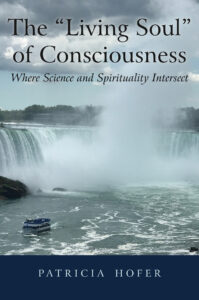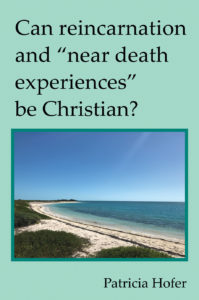Owning our continuing individuality
“Remember how short my time is: wherefore hast thou made all men in vain? What man is he that liveth, and shall not see death?” (KJV Psalms 89:47-48). That said, the psalmist’s question does raise the possibility that death isn’t the end. That’s probably because, as CS Lewis concluded in Miracles, nature has, from the beginning, established a pattern of “descent and reascent,” of death and rebirth (180). Seeds fall into the dark of the soil only to emerge reborn. Animals form as cells in the womb and then eventually die, turning back into the mineral components that the living cells sprang from in order to reform again. Referring to this process of reusing atoms and energy, Lewis wrote that in our natural lives we are all wearing “second hand suits” (246).
But Jesus’ life promises something greater. With an individuality and personality of soul that doesn’t rely on atoms, the continuing life in Jesus Christ after his resurrection evidenced a new and higher purpose for all of us. As Lewis wrote: “The records represent Christ as passing after death (as no man had passed before) neither into a purely, that is, negatively ‘spiritual’ mode of existence nor into a ‘natural’ life such as we know, but into a life which has its own, new Nature” (243). “Its own, new Nature.” Not just life after death but owning our individuality after death. (Drawn from Living Large, chapter 37, ©️ 2013)


Leave a Reply